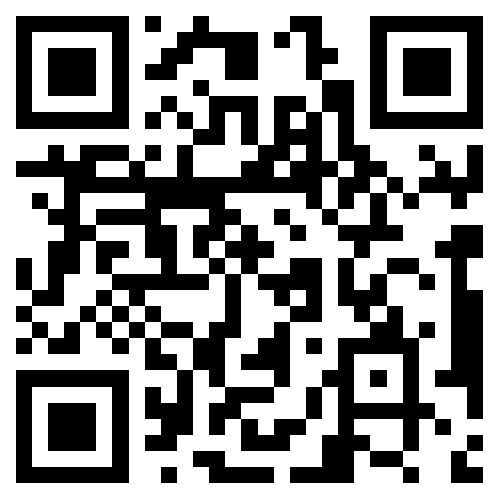NEWS CENTER
Blog
Office desk design points
Release time:
2024-08-19
Desk-type office furniture includes three types of machines, writing desks, and conference tables. Office desk is a must-have product for companies and enterprises
Desk-type office furniture includes three types of machines, writing desks, and conference tables. The office desk is a must-have product for the company and a common office equipment. Machine desks are mainly used to install office equipment such as computers, typewriters, fax machines, copiers, printing machines, etc. This type of furniture requires simple shape, reasonable structure, and can withstand a certain load. The height of furniture such as printer desks and computer desks is generally lower than that of desks, usually 660~680mm.
The conference table is a multi-person shared table, and there are many kinds of round, square, rectangular and oval. No one occupies the edge of the table, and the width is determined according to the shoulder width plus the activity margin. The suitable width for each person is 600~700mm, and the minimum is 550~580mm.
Writing desk furniture is divided into ordinary desks, executive desks, drawing desks, combined desks, etc.
1. Basic size of writing desk furniture
(1), the height of the desktop
Too high or too low a desktop can cause muscle tension and reduce work efficiency. Therefore, the height of the desktop should maintain a certain scale matching relationship with the height of the chair, that is, the height of the desktop is equal to the sum of the height of the chair and the height of the desktop and the seat surface, generally 680~760mm. The height difference is determined according to the correct sitting posture of people working, generally 250~320mm. The height of the workbench should be 910~970mm.
(2), desktop size
For a table with two people sitting in parallel or facing each other, the table top should be widened so as not to affect the range of parallel movements of the two people. For reading desks, desks, drafting desks, etc., the table top can be designed with an inclination angle of about 15°.
(3), the size of the gap under the desktop
The size of the gap under the tabletop includes the height, width and depth of the gap under the tabletop, which should be determined on the premise of ensuring the free movement and extension of both legs. The lower space of the standing workbench is generally designed as a cabinet for storing items because there is no room for leg movement.
2. Basic size of double cabinet table (mm)
Desktop width: 1200~2400; desktop depth: 600~1200; width difference: 100; depth range: 50; middle clearance height: more than 580; : greater than 230.
3. Basic size of single cabinet table (mm)
Desktop width: 1200~2400; desktop depth: 600~1200; width difference: 100; depth range: 50; middle clearance height: more than 580; : greater than 230.
4. Basic size of single-layer table
Desktop width: 900~1200; desktop depth: 450~600; width range: 100; depth range: 50; middle clearance height: greater than 580.
5. Basic size of rectangular table
Desktop width: 900~800; desktop depth: 450~1200; width range: 50; depth range: 50; middle clearance height: greater than 580.
The design points of desks and desks need to pay attention to the control of size. For users, suitable space can bring higher office efficiency.










